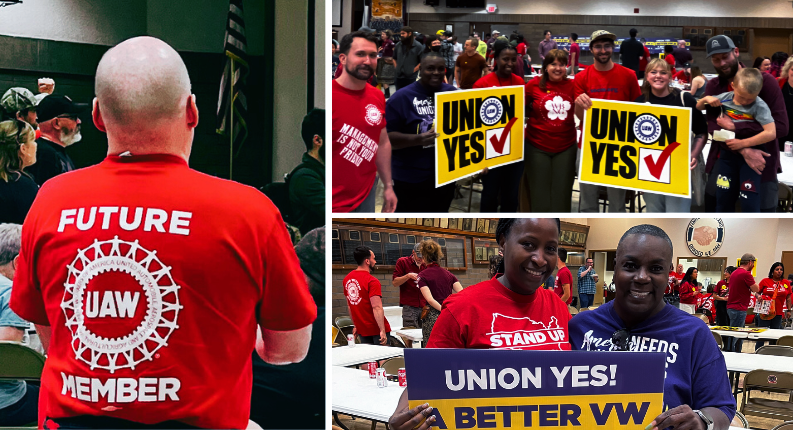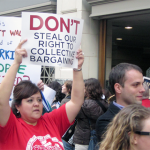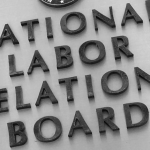In 2016, Tesla CEO Elon Musk announced plans to manufacture the Model 3. The sedan is Tesla’s first foray into engineering an electric vehicle for the mainstream automobile market. Consumers who marveled at the company’s ingenuity fell for the opportunity to drive a Tesla at its $35,000 introductory price: Tesla received more than 400,000 preorders for the Model 3.
Elon Musk aspires to lead a clean energy revolution, but he cannot ignite one until he creates a safe and sustainable workplace for those who build his cars.
The 10,000 autoworkers at Tesla’s Fremont, California factory are working at a backbreaking pace to deliver orders for new Model 3 sedans that Musk promised would arrive by fall 2017.
Over the last three years, injuries at the Fremont factory have mounted. Seizures, fainting spells, and chest pains were among the health problems reported by the people building cars for Tesla. Michael Sanchez, a car service technician, herniated two discs in his back working at the factory. The injury resulted in “agonizing” pain so severe; he can no longer grip a pencil.
Tesla consistently puts working people at great risk of injury. In 2015, injuries at Tesla’s plant were 31 percent higher than the national average for the automobile industry. During that period, the rate of serious injuries was double the national average for the auto industry.
Setting health and safety safeguards should be achievable for a technologically advanced and immensely profitable company like Tesla. Since 2014, Tesla spent $10 billion on research and development. For all the money spent on creating innovative cars like the Model 3, the company’s health and safety record remains abysmal.
The most valuable car company in the United States refuses to provide its manufacturing crew with family-sustaining pay. A single parent needs to earn nearly $32 an hour to raise one child in Alameda County. The auto company pays the people who are working around the clock significantly less than what other automakers pay.
Recognizing the unsustainable situation at the plant, Tesla’s employees started coming together to tackle how they could improve their jobs. In an open letter about life inside Tesla’s Fremont factory, Jose Moran explained he and his teammates worked for the car “company of the future under working conditions of the past.”
When people talked about joining in union, Tesla responded by unionbusting. Instead of addressing grievances Musk went on the attack, attempting to discredit Jose in an email to employees. Then management increased everyone’s base pay, but the raise coincided with management pressuring everyone at the plant to sign a confidentiality agreement prohibiting them from discussing wages or workplace conditions.
Tesla’s efforts to silence whistleblowers didn’t sit well with enough people working at the plant. Subsequent news reports about Musk’s defensive posture led to the company to make some recent changes.
Last month, Tesla replaced its head of human relations, citing concerns over workplace safety and harassment. Musk also tried to empathize with employees. He publicly acknowledged and echoed their distress over long hours and the demand necessary to meet the Model 3’s deadline. To share their pain, Musk even took to sleeping in a conference room not far from the factory floor.
So what reforms did Musk offer as part of his mea culpa? Free yogurt and promised to throw a “really amazing party” following the Model 3’s release.
Yogurt won’t help autoworkers earn enough to sustain their families. Cries of empathy won’t heal Michael’s herniated disk. A party is no substitute for all the hours working round the clock away from loved ones.
Until Musk drops the gag order and gives the people who work for him the freedom to decide to come together in union, his newfound interest in employee well-being rings hollow. Michael, Jose, and their teammates building the Model 3 want to achieve a safer working environment and a fair return on their work. By respecting the working people who make clean energy vision a reality, Tesla can better live up to its mission of advancing a healthier, more sustainable planet.







Welcome to the neoliberal economic miracle. Conditions worse that pertained in N. Tesla’s own day.